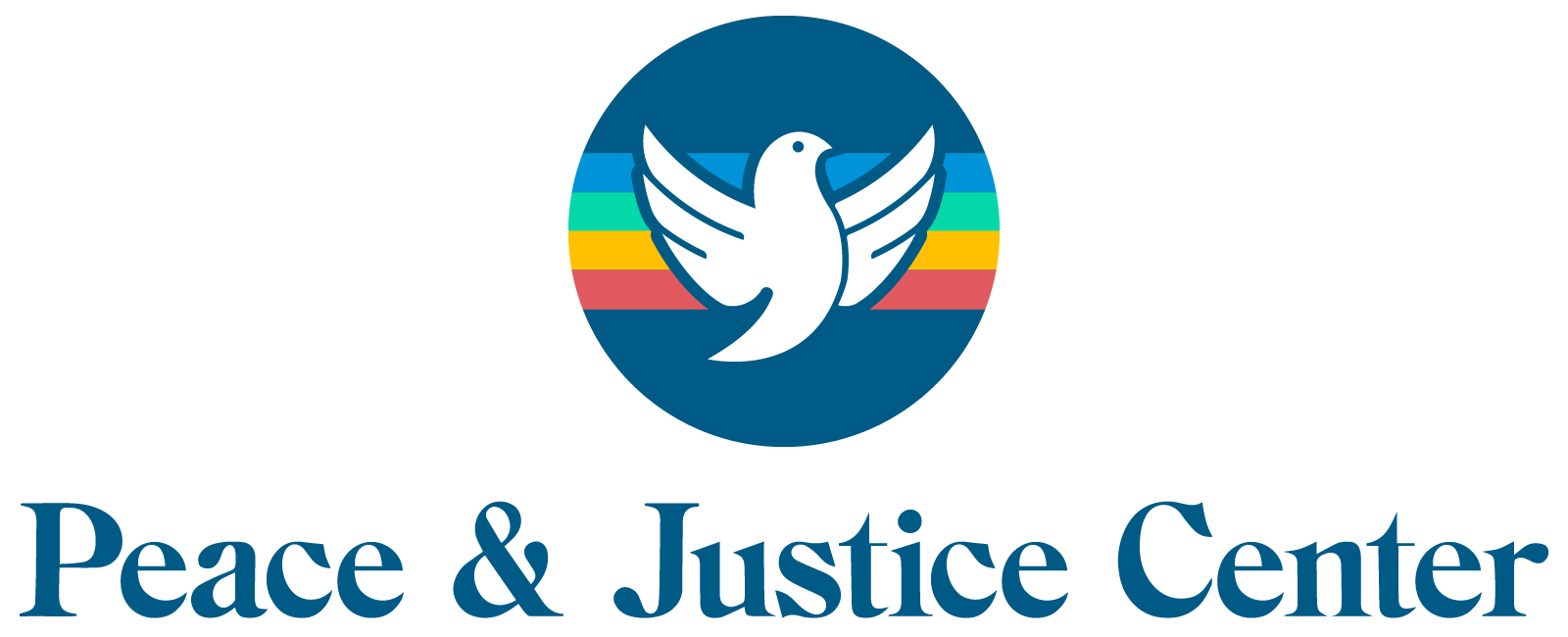Since June 20th was World Refugee Day, it seems only fitting to explore the plight of refugees around the world. The Peace & Justice Center and Vermont Refugee Resettlement Program shed some light on the situation of many refugees with a panel of both U.S. veterans, and former refugees who talked about their various experiences with war. (For more information on our World Refugee Day event, see the article in Seven Days: http://7d.blogs.com/offmessage/2013/06/world-refugee-day-in-burlington-bright-lights-and-dark-stories.html) The panel, part of the PJC Cost of War series, helped draw awareness to the ongoing effects of war, and the dire straits that many refugees are left in. One group of refugees that seems to be less publicized is migrant children. The U.S. Committee for Refugees and Immigrants describes migrant children as those who are often fleeing domestic abuse, gang violence, trafficking, or poverty, [and] arrive in the U.S. without parents or resources. The point of entry for most migrant children is through the U.S./Mexico border, as many come from Central America in search of family members working illegally in the U.S., job opportunities, or even families willing to adopt them.
Which Way Home is a documentary directed by Rebecca Cammisa that chronicles the journey of some of these children, and sheds light on a largely unknown sector of the refugee community. This documentary is especially relevant now, given the recent focus on immigration policy in the US. The film provides an in depth look at not only the treacherous journey that these children embark upon, but also the reasons that these children travel thousands of miles unaccompanied to cross the border into the US. As each child’s journey is chronicled throughout the documentary, the bigger issue of what we can do to solve this continuing problem is raised.
In a particularly moving scene, a man who runs a shelter for migrants in a Mexican town that surrounds a integral railway stop advertises “free food here… come in to hear about how you can get to the US, brothers”(50:54 in movie). Before the children are fed, however, he rallies all of the migrants and lectures them on the dangers of traveling to the US, saying “Mexico is the passage of death for you… It can kill you. The US is not the passage of death, the US is ‘Death Itself’… Maybe many of you here will die. Many of you will never see your families again. Many of you here will never return to your countries. Because you will die on the way. Now brothers, who really wants to get to the US? Raise your hand.” Despite this warning meant to instill fear in the travelers, every hand in the crowd is raised.
The children who choose to make the dangerous passage through Mexico and into the US understand the dangers. Their parents (for the most part) know that they have left. In an interview with 14 year old Kevin’s mother, she explains that she knew he left, but that her hope was that he would make it to the US and get adopted by a family who would care for him so that he could get a job and send money home. The circumstances that these children are coming from are often so debilitating, that to risk their lives in order the live the “American Dream” and be able to support their families is a choice that they make no matter the danger involved. And when these children are caught and deported, they don’t simply give up.
At least four of the children featured in the movie were apprehended part of the way through Mexico, but that didn’t deter them. Kevin returned home briefly, but made the journey again, making it to the US border the second time, where he was apprehended by border control, and placed in a shelter in Washington state. “Perrito” was apprehended, and returned home, but vows to make the journey again when he turns eighteen in a few months. This documentary sheds light on a sector of the refugee population that many don’t even know exists, and raises the larger issue of how to solve the problem of migrant children in North America. In short, it is definitely worth the watch.
By Melissa Gelinas, PJC Intern
